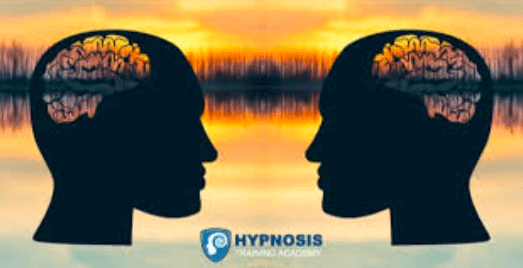🌟 New Year Offer 🌟
Celebrate 2025 with 30% OFF on all products! Use code: NEWYEAR2025. Hurry, offer ends soon!
The Milton Model uses vague and indirect language to communicate with the unconscious mind and inspire change. Erickson’s patterns shaped NLP and still influence therapy, persuasion, and communication today.
File Size: 6.464 GB.
Format File: 27 DVDs – M…
Eriksonian Masters – Milton Erickson NLP Hypnosis Language Speech Patterns

Milton Erickson’s NLP Hypnosis Language Speech Patterns
Materials from Jeffrey Zeig Robert Dilts Ross Jefffries etc
The Milton Model Foundation
The Milton model is the hidden magic that fueled near all of Erickson’s hypnotic interventions. It’s a set of linguistic patterns to guide people into a hypnotic trance. This model became one of the foundational elements of Neuro-Linguistic Programming (NLP), developed by Richard Bandler and John Grinder who studied Erickson’s techniques extensively.
Core Language Pattern Characteristics
Artfully Vague Communication: The Milton Model is all about speaking in a way that is artfully vague, yet undeniably true. This approach allows listeners to fill in the gaps with their own unconscious material, making the suggestions more personally relevant and effective.
Movement to Higher Levels: The Milton Model hypnotic language patterns encourage the listener to move away from detail and content and move to higher levels of thinking and deeper states of mind.
Key Language Techniques
1. Ambiguous Language: Erickson’s techniques typically utilized ambiguous language, metaphors, indirect suggestions, and therapeutic storytelling. Ambiguity can be of three types in NLP Milton model language pattern, Phonological, syntactic, and scope.
2. Indirect Suggestions: By using the following language patterns we are able to bypass the conscious resistance and to communicate with the subconscious mind.
3. Presuppositions: The patterns include embedded assumptions that guide the unconscious mind toward desired outcomes without direct commands.
4. Therapeutic Storytelling: Using metaphors and stories that allow for personal interpretation and discovery.
The 15 Core Milton Model Patterns
The Milton Model encompasses approximately 15 primary language patterns, often referred to as “verbal magic” patterns. These include:
Deletions: Removing specific information to create generalizations
Distortions: Changing relationships between elements
Generalizations: Making broad statements that apply universally
Presuppositions: embedded assumptions
Complex Equivalents: Linking two different experiences as equivalent
Cause and Effect: Suggesting causal relationships
Universal Quantifiers: Using words like “all,” “every,” “never”
Modal Operators: Words expressing possibility or necessity
Practical Applications
Therapeutic Setting: In a therapeutic setting we strive to achieve the client’s goals with elegance. Sometimes, however, change is difficult and resistance, conscious or otherwise, is a natural response.
Personalized Approach: “Each person is a unique individual. Hence, psychotherapy should be formulated to meet the uniqueness of the individual’s needs, rather than tailoring the person to fit the Procrustean bed of a hypothetical theory of human behavior.” – Milton H. Erickson
Multi-layered Communication: His language patterns provided a rich and multi-layered communication that operated on both conscious and unconscious levels simultaneously.
Legacy and Influence
Milton Erickson’s language patterns revolutionized both hypnotherapy and broader communication fields. His techniques became foundational to NLP and continue to influence therapeutic practice, sales, negotiation, and persuasive communication. The patterns demonstrate how language can be used not just to convey information, but to create states of consciousness and facilitate profound personal change.
These speech patterns represent a sophisticated understanding of how language affects the human psyche, allowing practitioners to communicate with the unconscious mind while maintaining rapport and bypassing resistance.
Course Features
- Lectures 0
- Quizzes 0
- Duration 10 weeks
- Skill level All levels
- Language English
- Students 87
- Assessments Yes
